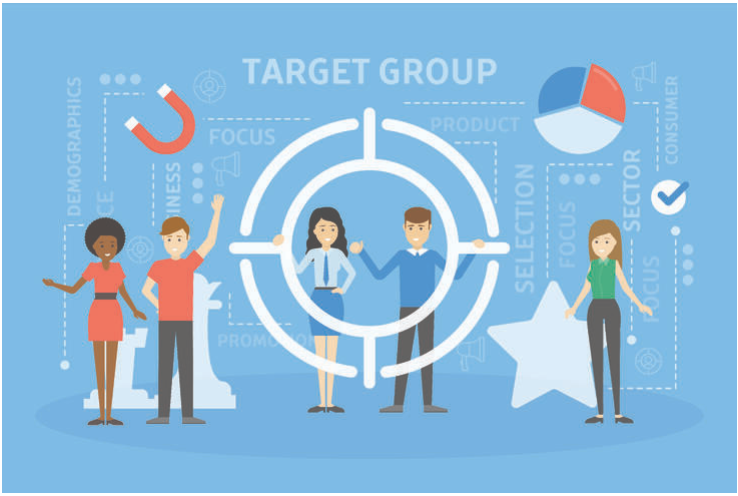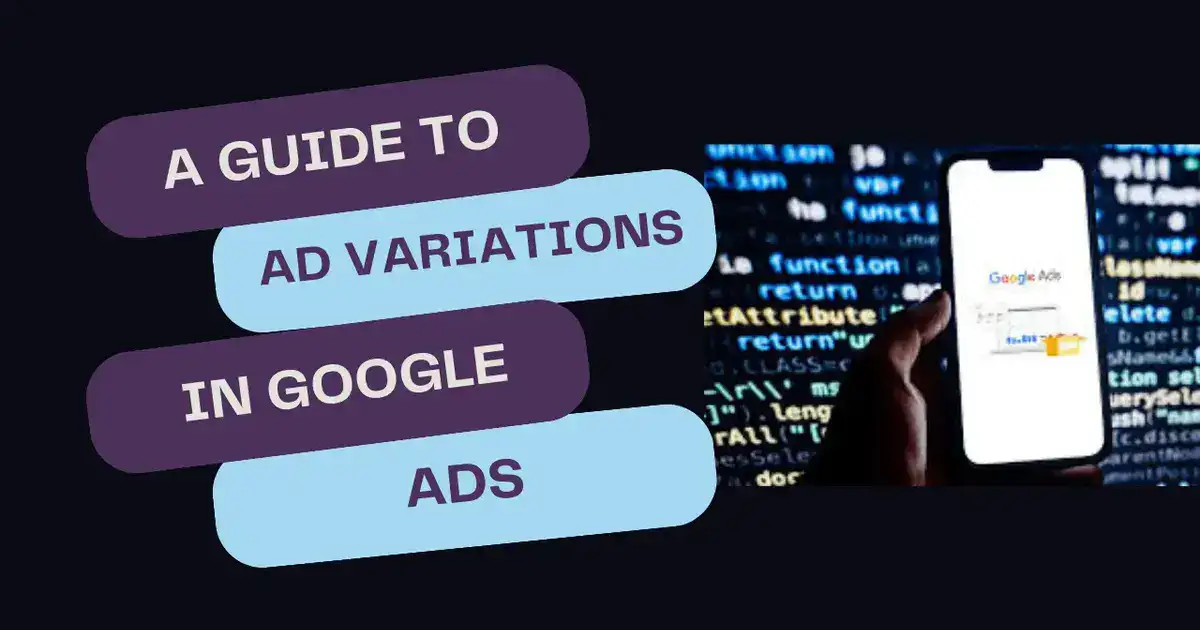In marketing, customer persona refers to a fictional representation of your ideal customer based on demographic, psychographic, and behavioral data. Defining an ideal customer persona is crucial for businesses looking to create targeted marketing campaigns that resonate with their audience. In this article, we will discuss how to create an ideal customer persona and why it is important for businesses.
Creating a customer persona
Creating a customer persona involves identifying demographics, understanding psychographics, defining behavior patterns, and gathering data.
- a. Identifying demographics To start, businesses need to gather data on their customers’ age, gender, income, education, and other relevant information. This information helps to create a picture of who the ideal customer is.
- b. Understanding psychographics Once the demographics are identified, it is important to understand the customers’ psychographics, including their personality traits, values, interests, and attitudes. This information helps to create a more accurate representation of the ideal customer.
- c. Defining behavior patterns Behavior patterns refer to the actions and behaviors of customers when interacting with a business. This information helps businesses to understand how to market their products and services effectively.
- d. Gathering data Businesses can gather data through surveys, interviews, social media, and website analytics. Gathering data is essential to creating an accurate representation of the ideal customer.
Benefits of defining an ideal customer persona
- a. Personalization of marketing messages Defining an ideal customer persona allows businesses to create targeted marketing messages that speak directly to the customer’s needs and interests. This personalization leads to a better customer experience, which can result in increased sales and loyalty.
- b. Improvement of customer acquisition Targeted marketing campaigns can help businesses attract and acquire more customers. When businesses understand their ideal customer, they can create content that speaks directly to them, making it more likely that they will convert to paying customers.
- c. Increase in customer loyalty and retention When businesses understand their customers’ needs and interests, they can create a better customer experience that fosters loyalty and retention. Loyal customers are more likely to make repeat purchases, refer friends and family, and provide positive reviews and testimonials.
Common mistakes to avoid
- a. Making assumptions One of the most common mistakes businesses make when creating a customer persona is making assumptions based on personal biases and opinions. It is important to gather data and use it to create an accurate representation of the ideal customer.
- b. Neglecting to update the persona Businesses should update their customer persona regularly to reflect changes in the market, industry, and customer behavior. Neglecting to update the persona can lead to ineffective marketing campaigns and missed opportunities.
- c. Failing to consider multiple personas Businesses often make the mistake of assuming that all of their customers are the same. However, it is important to consider multiple personas to create targeted marketing campaigns that resonate with different segments of the customer base.
Examples of successful customer personas
- a. Apple Inc.
Apple Inc. is known for its targeted marketing campaigns, which are based on an accurate understanding of their customer persona. Apple’s ideal customer is typically someone who is creative, tech-savvy, and values design and aesthetics. Apple’s marketing messages focus on these attributes and highlight how their products can help users express their creativity. - b. Coca-Cola
Coca-Cola has a well-defined customer persona that is based on their brand’s values and personality. Coca-Cola’s ideal customer is someone who is optimistic, fun-loving, and values shared experiences. Coca-Cola’s marketing campaigns focus on creating emotional connections with their customers by promoting happiness, friendship, and togetherness. - c. Amazon
Amazon’s customer persona is based on their understanding of their customers’ needs and preferences. Amazon’s ideal customer is someone who values convenience, selection, and competitive pricing. Amazon’s marketing messages focus on these attributes and highlight how their products and services can help customers save time and money.
Conclusion
Defining an ideal customer persona is an essential part of any business’s marketing strategy. By understanding the demographics, psychographics, and behavior patterns of their customers, businesses can create targeted marketing campaigns that resonate with their audience. This personalization leads to a better customer experience, increased sales and loyalty, and a more successful business overall.
FAQs
A: It depends on the size and complexity of the customer base. Some businesses may only need one or two customer personas, while others may require several to capture the full range of their customer base.
A: Yes, customer personas should be updated regularly to reflect changes in the market, industry, and customer behavior.
A: Businesses can gather data through surveys, interviews, social media, and website analytics.
A: The benefits of creating a customer persona include personalization of marketing messages, improvement of customer acquisition, and an increase in customer loyalty and retention.
A: Demographics refer to the statistical characteristics of a population, while psychographics refer to the personality traits, values, interests, and attitudes of individuals within that population.




